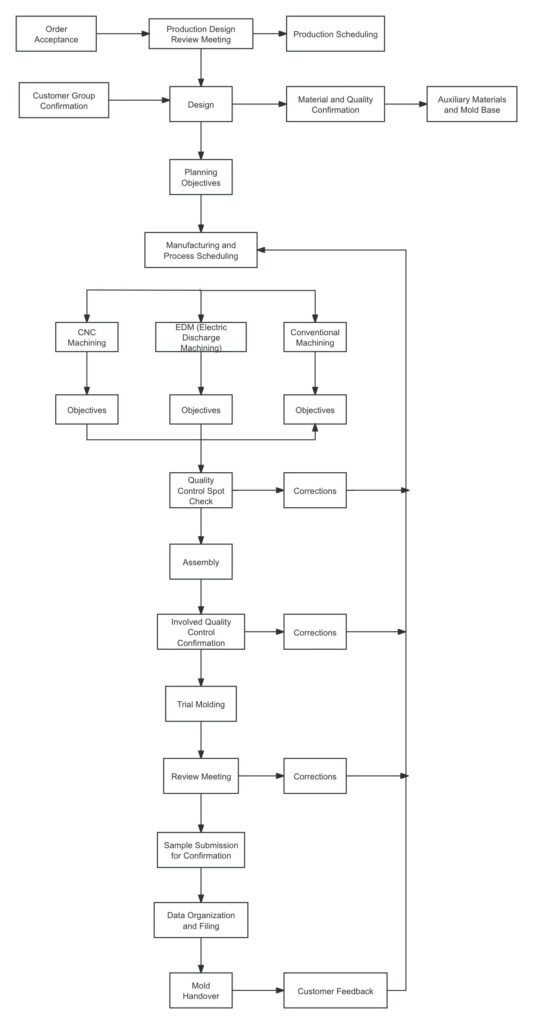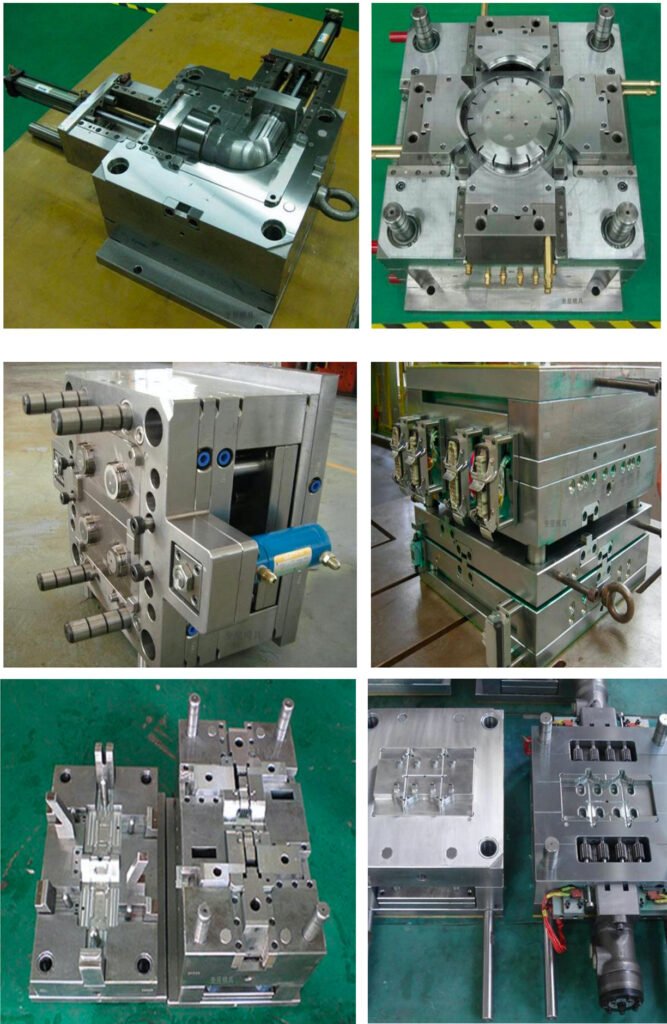Mold Process Technology
Mold design
Mold design refers to staff who are engaged in the digital design of enterprise molds, including cavity molds and cold stamping dies. On the basis of traditional mold design, digital design tools are used to improve the quality of mold design and shorten the mold design cycle. Simply put, a model is made before a product is produced, and the mold designer is the person who designs the model.
Mold design is a very complex task, and the most basic requirement is that each set of molds must match each other exactly. For example, a Walkman requires nearly a hundred sets of molds to make, and the interfaces between each accessory must be perfectly matched.
In layman’s terms, mold design is to simulate the mold that meets the appearance and function of the product with some modern two-dimensional and three-dimensional software (such as CAD, UG, 3D-MAX, etc.). It is a kind of virtual manufacturing, but this virtual manufacturing is for real of production products and services.
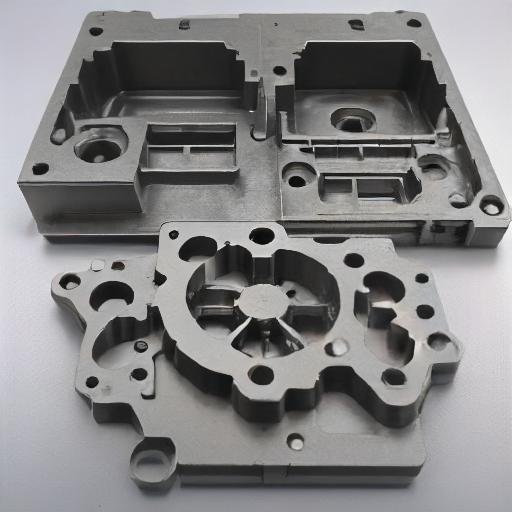
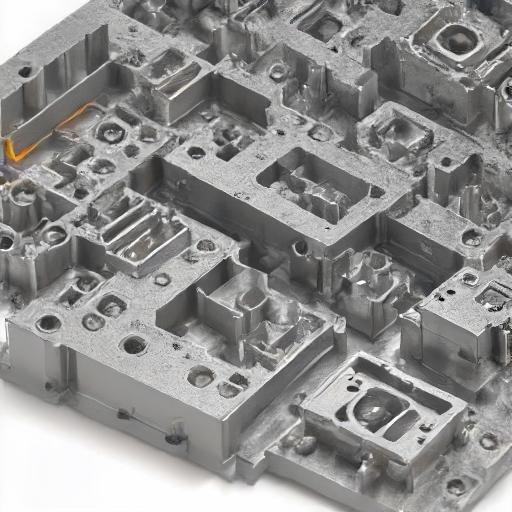
Arttangent Company employs professional mold designers, including product appearance design, product structure design, and product mold structure design. The company has also always attached great importance to the learning and training of design and R&D personnel.
The perfect combination of high-quality technical personnel and high-precision equipment has made us praised by customers and well received by the industry. At the same time, in order to adapt to sustainable development, the company will Greater investment in the research and development of new products and new technologies will enable enterprises to better meet market demands, save costs for customers and remain invincible in the ever-changing market environment.
Mold making
“Mold refers to an industrial product that shapes materials in a specific structural form in a certain way. It is also a production tool that can produce industrial product parts with certain shape and size requirements in batches. As large as airplanes and automobiles , as small as teacups and nails, almost all industrial products must rely on molds. The high precision, high consistency, and high productivity of parts produced by molds are unmatched by any other processing method to a large extent. It determines the quality, efficiency and new product development capabilities of the product, so the mold is also known as the “Mother of Industry”.
The mold is the space that holds the product model. In layman’s terms, the mold is the mold. Mold manufacturing is the process of taking a product from design to realization. “
Injection molding
The IMD process is a process of decorating the diaphragm during injection molding, and can be flexibly used according to the characteristics of each process and the parts of the corresponding products.

TYPE-TR
Process principle and characteristics The TYPE-TR process is a technology that performs transfer printing at the same time as injection molding. This technology is also used in the field of automotive decoration to improve design performance and reduce costs. ·High-precision positioning (can carry out colorful and diverse decorations) ·There is no need to process the spare part of the diaphragm before and after injection molding, and wood grain, metal, geometric figures, text, etc. can be realized on the same plane. ·Able to unify all decoration processes into a single process to achieve automation and improve efficiency. supply ·Diaphragm ·Film feeding machine ·Injection mold Diaphragm composition
Process flow
Product pictures of process application ranges
axle cover

door interior panel

machine working principle
The full name of injection molding machine is plastic injection molding machine.
Injection molding is an important molding method for processing thermoplastics or thermosetting plastics into various plastic products.
Thermoplastics include: polystyrene, polyethylene, polypropylene, nylon and ABS polycarbonate. Thermosetting plastics include bakelite, etc.
The thermoplastic injection molding machine uniformly plasticizes plastic into a molten state, injects a certain amount of molten material into the mold cavity with sufficient pressure and speed, and makes various plastic products after pressure-maintaining cooling and molding.
Injection molding process
- 1. Small solid plastic particles melt in the hopper of the molding machine...
- 2. and then squeezed into a mold...
- 3. The mold consists of two halves with small holes inside. The hollow shape of each hole That's the shape it will be made into.
- 4. the dissolved plastic is injected into the hollow hole...
- 5. the plastic cools and solidifies again...
- 6. the molded plastic is sent out...
- 7. trim, pack and ship as necessary.
printing art
Printing processes include spray painting, laser engraving, hot stamping, UV transfer, pad printing and silk screen printing, etc., which are widely used in manufacturing, packaging, advertising and other industries that require decoration and identification of items.
Spray paint
Spray paint and oil spray are the same thing. In Guangdong, Jiangsu and Zhejiang, people call spray paint spray oil, and generally varnish is called varnish. The water-based spray paint mentioned should be water-based paint, and water-based paint is paint that uses water as a solvent. , also called water-based paint, so it does not have the smell of solvent-based paint after spraying, and it can be said to be more environmentally friendly. However, environmental protection refers to the amount of heavy metals and bromine contained in the film after the paint is dried and formed into a film. Whether the standard is met.
Let’s talk about the spray painting process using car spray painting.
Automotive spray painting technology
- Deal with asphalt and other foreign matter on the car paint. . Prepare for later polishing.
- Car wash
- Check the entire car’s paint to confirm whether all parts of the car’s paint have been touched up. If so, pay special attention when polishing. Because the car paint there is very soft and easily damaged. .
- Use 1500-2000# 3M sandpaper to deal with heavier scratches
- Polishing, use polishing agent to polish the entire car for the first time.

6. Wash the car, because there will be a lot of excess wax on the car after the above steps.
7. Restore, use reducing agent to polish the entire car again to improve the gloss.
8. Apply beauty products (coating or sealing glaze)”
Carving laser
It is a surface treatment process, similar to screen printing and pad printing, both of which print words or patterns on products.
Laser engraving, also called laser engraving, is a surface treatment process that uses optical principles.
Just like the principle of laser thermal processing, when a high-energy laser beam hits the surface of a material, the laser energy will be absorbed by the surface material and converted into heat energy. The surface material is instantly melted or even vaporized to form a mark pattern.
For example:
To make a keyboard, the characters on the keyboard are blue, green, red and gray, and the key body is white. When laser engraving, spray oil first, and spray the blue characters, green characters, red characters, and gray characters with corresponding colors. Be careful not to Spray it on other keys, so that it looks like there are blue keys, green keys, etc. Then spray a layer of white on the whole, so that you have a whole white keyboard, with all the blue and green keys covered underneath. At this point, laser engraving can be carried out. Use laser technology to carve out the white oil on the top.
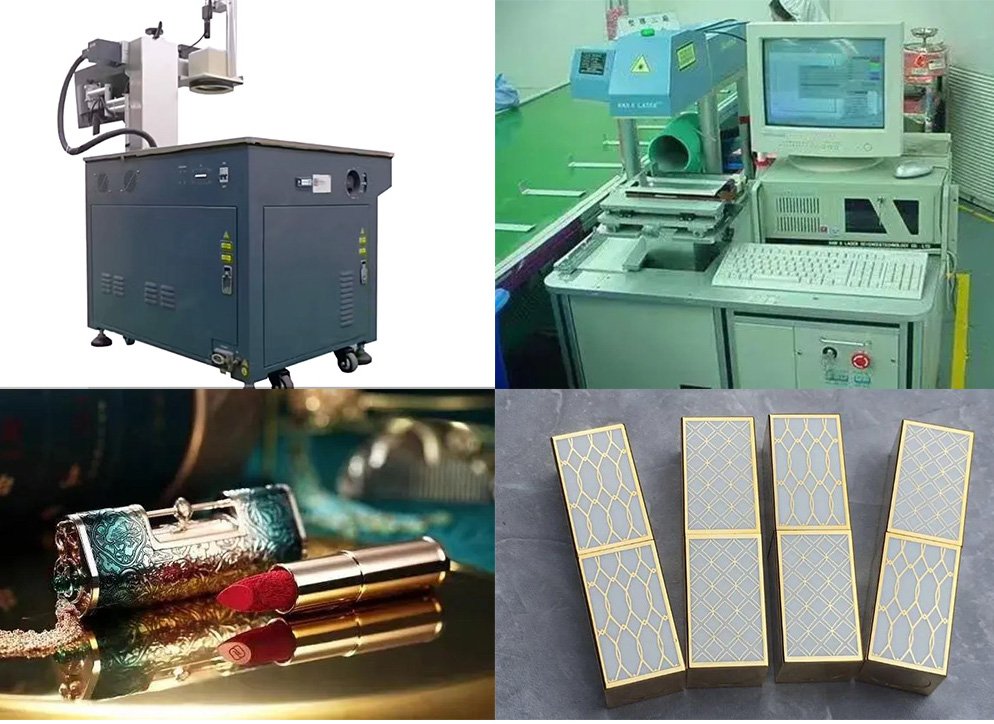
For example, processing the letters “”A””, carving off the white on the strokes, then the blue or green underneath will be exposed, and the shape will be formed. Letter buttons in various colors. “
Hot stamping
Hot stamping and three-dimensional hot stamping:
Embossed embossing, also known as embossed printing, is a special processing technology in the surface decoration of printed products.
It uses a concave and convex mold to cause plastic deformation of the printed substrate under a certain pressure, thereby artistically processing the surface of the printed product.
Embossed embossing is the transplantation and application of relief art in printing. When printing, ink is not used but the pressure of the printing press is directly used for embossing. The operation method is the same as general relief printing, but the pressure is greater.
If the quality requirements are high, or the paper is thicker and harder, hot pressing can also be used, that is, connecting the current to the metal base of the printing press.

Hot stamping and three-dimensional hot stamping Application areas:
Packaging cartons, decorative bottle labels, trademarks, book binding, calendars, greeting cards, etc.
Transfer printing
The UV transfer printing process is also called UV infusion process or UV coating process. It uses the non-stick properties of UV transfer glue and metal to transfer various types of mobile phone ultra-thin key effects to PET or PC sheets through UV transfer printing process, thereby making ultra-thin keys with CD texture, brushed, matte, bright texture and other effects, as well as key-type, such as numeric keys, red and green telephone, blind spot and other effects of mobile phone ultra-thin keys, lenses, navigation keys and product logos;
at the same time, this process is widely used on PET and PC sheets to make the entire surface of brushed and other effects, thus fundamentally replacing the injection molding reinforcement ultra-thin key process.
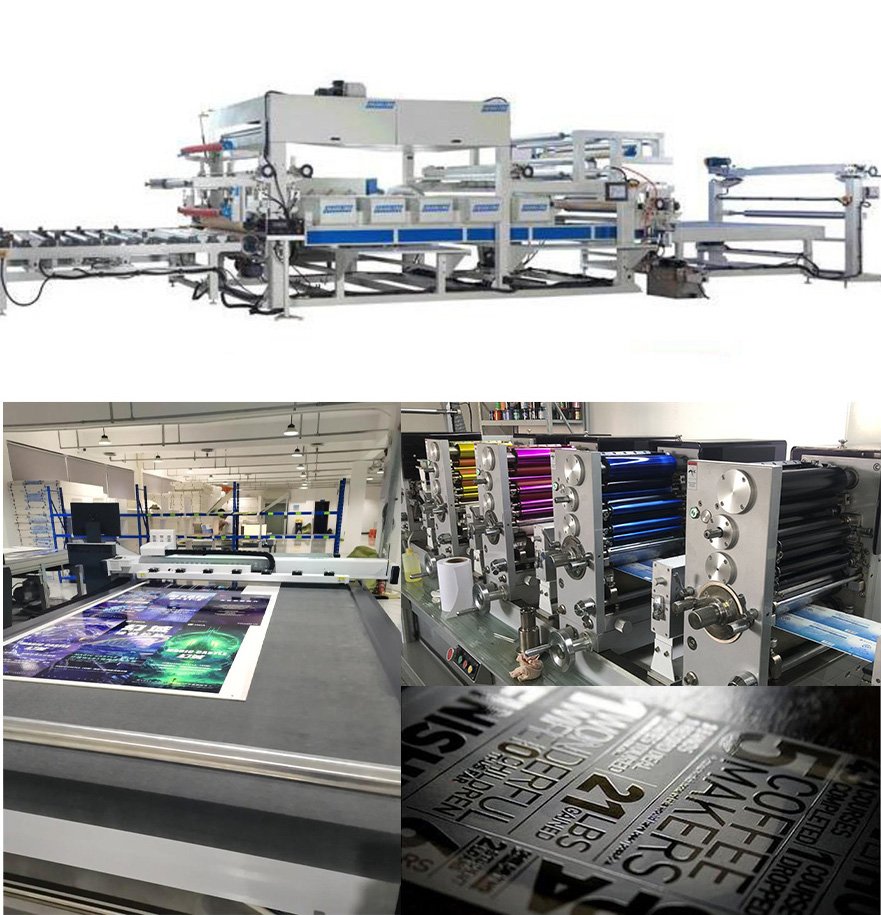
Pad printing
It is one of the special printing (indirect printing) methods. It can print text, graphics and images on the surface of irregular objects. It is now becoming an important special printing. For example, the text and patterns on the surface of mobile phones are printed in this way. There are also many electronic products such as computer keyboards, instruments, meters, etc. The surface printing is completed by pad printing.
Principle of pad printing technology
- > First, etch the designed pattern on the printing plate, then apply ink to the etching plate, and use the curved pad printing head made of silicone rubber material to transfer most of the ink to the printed object.
- > Power source
The main actions of the pad printing machine can be divided into: the rubber head presses down to dip the ink on the pad printing plate and lifts up; the rubber head moves to the top of the substrate; the pad printing rubber head presses down and lifts up after printing.
Three basic categories of pad printing machines:
a>Manual pad printer: All three actions are controlled manually. It is the simplest pad printer and can only complete small batch order production and product proofing tasks.
b>Electric pad printer: All three actions are driven and controlled by motors. The printing speed is fast, but the printing pressure is low. It can only complete the pad printing of small-area production dates and barcode products.
c>Pneumatic pad printer: All three actions are completed by digital circuits to control pneumatic components. It has fast printing speed, high printing pressure, and a high degree of automation. It is currently the most common pad printer.
The process of pad printer is divided into the following four points:
1. The brush evenly covers the ink on the steel plate;
2. The scraper steel knife scrapes off the excess ink;
3. The printing head descends to the steel plate to pick up the ink in the pattern;
4. The printing head shifts and descends to the product to cover the pattern;
screen printing
Basic principle of screen printing:
Printing is carried out based on the basic principle that the mesh holes of the image part of the screen printing plate are permeable to ink, while the mesh holes of the non-image part are not permeable to ink. When printing, pour ink on one end of the screen printing plate, use a scraper to apply a certain pressure on the ink part of the screen printing plate, and move it toward the other end of the screen printing plate. The ink is squeezed from the mesh holes of the image part to the substrate by the scraper during movement.
Imaging principle of screen printing plate:
The screen is woven from a certain material, and its warp and weft lines intersect to form mesh holes. When making the plate, a certain thickness of photosensitive glue is applied to the screen and dried to form a photosensitive film on the screen.
Then the image plate negative is laminated with the coated screen and put into the platemaking machine for exposure. In this way, the image part of the screen is not cured because it is not exposed to light, and the non-image part is cured by light.
After development and washing, the uncured photosensitive material of the image part is washed away, making the screen holes through holes. The photosensitive material of the non-image part solidifies and blocks the mesh holes.
When printing, the image part of the screen leaks ink, while the non-image part does not leak ink, thus obtaining printed ink marks. This is the imaging principle of the screen printing plate.
How does screen printing compare with other printing methods?
Advantages
① Strong printing adaptability;
② Thick ink layer, strong three-dimensional sense, rich texture;
③ Small screen printing pressure;
④ Large printing area;
⑤ Strong light resistance
Disadvantages
Cannot screen print complex curved surfaces.

Application: Screen printing of plastic parts
It is one of the secondary machining (or reprocessing) of plastic products. The so-called secondary processing is to carry out a surface decorative treatment after the injection molding of plastic products.
Such as: plastic electroplating, plastic spraying, plastic hot stamping, plastic silk screen printing, etc. The reason why plastic products need to be processed secondary is mainly determined by the properties of the plastic itself, such as its dyeability is relatively simple and the color fastness is also poor.
In order to make up for these shortcomings and improve the appearance decoration of plastic products, secondary processing is needed.
Note: Most of the above pictures are from the Internet. If there is any infringement, please contact me. Thank you
